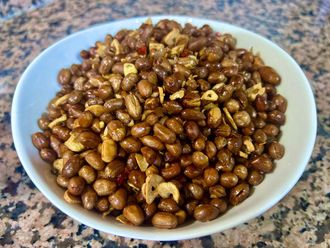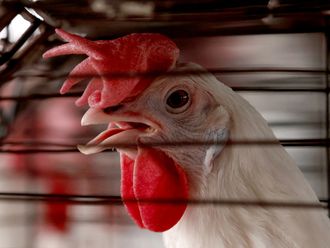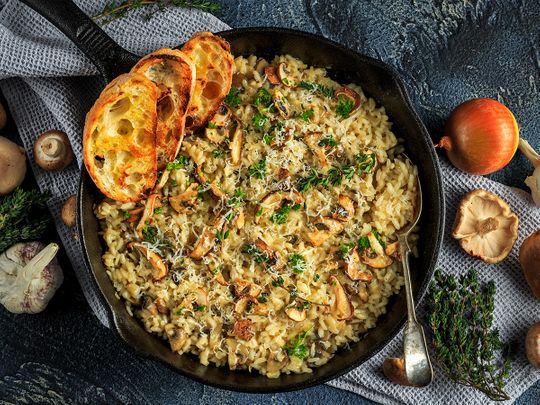
Ever wondered what the risotto truly is? I’ll be honest – I have – especially because I have never eaten it myself. My relationship with all things rice has been on the rocks for years now (sorry, mum), however the risotto did grab my attention – it is Italian, it is appetising and it is cheesy. Three of the good things in life, if you ask me.
As my curiosity would have it, I decided and went ahead to take the plunge: I typed on Google. Phew! A big task for a non-rice fan.
‘Make the best risotto’, ‘try out our version of risotto’… ‘Risotto’, ‘risotto’ and more ‘risotto’ – read my screen as I scrolled.
From the first few website links, it was easy to understand that the dish uses only a few ingredients – rice, broth, butter, cheese, meat, vegetables and a handful of spices. A few links later, the history of this Italian dish finally lured me into knowing the tale of how it came to be.
Rice matters
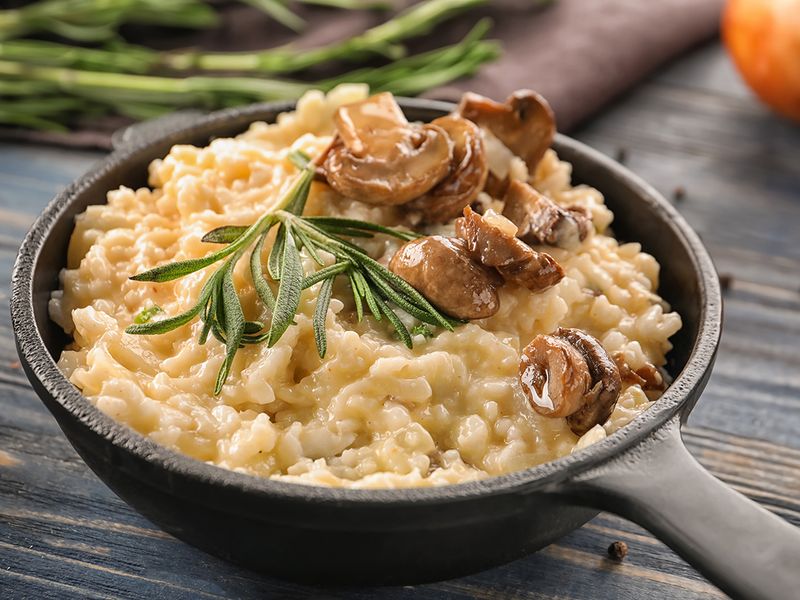
You see the dish was the result of an accident, long after Arab, Spanish and Chinese voyagers brought in their share of the rice crop to cultivate in Italy’s perfectly humid weather.
However, when eating a soft, smooth and creamy bowl of risotto, it is said that the Arborio rice does absolute justice. Be warned though, cook your risotto with basmati rice or any other variation, and you will get an earful from any Italian – chef or no chef.
Coming back to these grains, it was first brought in by the Chinese to cultivate their crop in Italian fields, and belongs to the Japonica group of rice varieties. Known for its high starch content, it is never washed before cooking in order to maintain the creamy texture of risotto. During preparation, stirring the Arborio would allow the starch in the rice to infuse during the cooking process allowing it to achieve its distinctly hallmark appearance.
However, all of this occurs, when broth or bisque (seafood soup) is added.
These short, pearly white, slightly oval and fat grains are first toasted and then slow-cooked until broth is added to achieve the perfect consistency – thick and velvety.
Eventually, for better understanding, I spoke to Giovanni Papi, Chef de Cuisine of Armani/Ristorante in Dubai, who narrated the process of making risotto: “There’s a risotto for every season, and usually follows a three-step process: toast, cooking with broth and what we Italians call mantecare (pronounced ‘man-teh-cah-reh’), which means mixing a sauce or ingredients for a creamy and full-bodied consistency… it is one of our culinary secrets.”
However, when preparing risotto it’s all about movement. It is called the ‘risotto wave’, and you will need strong wrists and a trusty pan with a long handle. The name comes from the way you shake your pan whilst adding butter and cheese, making the rice roll like a wave. It should fold smoothly, because a mistake could result in a stiff or extremely loose risotto.
A mistake to remember
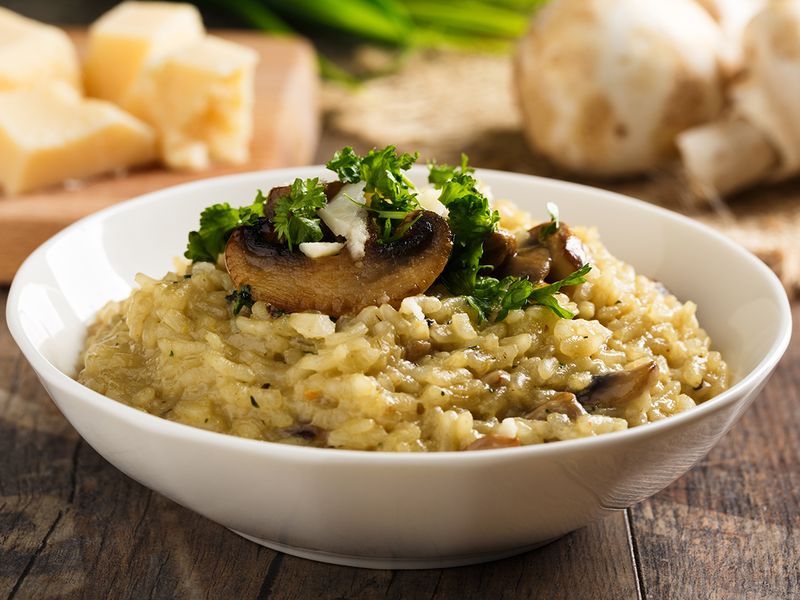
Speaking of mistakes that resulted in the risotto, there is a story of a young glassblower trainee at the Fabbrica Del Duomo di Milano (a 600-year-old organization established to supervise the construction of the Cathedral of Milan) from Flanders.
It is said that he used saffron (brought in by the Spaniards along with other ‘exotic’ spices) as a pigment, and mistakenly added it to a rice dish at a wedding feast, thus creating Risotto alla Milanese that dates back to 1809. Talk about luck!
There are rules to eating risotto
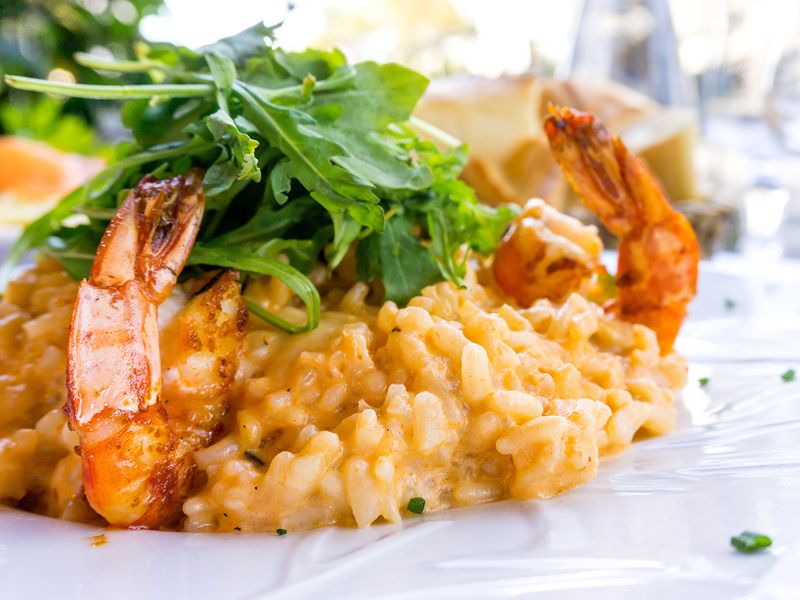
Firstly, invest in an Italian fontina or soup plate. It’s a necessity even if not just for risotto because pasta tastes best in this too.
Next, make sure you don’t use a spoon to eat risotto, instead use a fork. While serving, pile the risotto in a mound and place it exactly in the centre of your plate. When it’s time to eat, slowly start pulling outwards, towards the edge of the plate, and move inwards in a clockwise direction as you go. Never flatten your risotto with your fork as it aids the cooling process and not everyone likes a cold bowl of risotto.
Towards the end, when you reach a tiny mound, you may then cross around the plate from side to side with a bread accompaniment that would help you chase the last few grains of this versatile dish.
The humble yet resplendent risotto
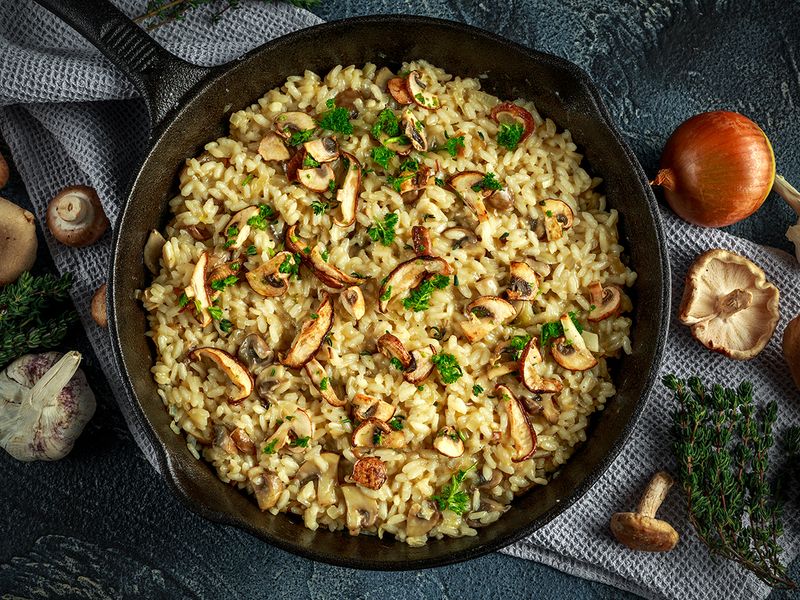
There is magic when it comes to risotto. A good bowl can touch your heart; however, a bad one can always be transformed into something better – if the damage isn’t already done.
In a quick look, it may resemble the Indian khichdi – which is made using rice and lentils – yet there is a huge margin of difference in its taste, make and presentation. However, as humble a dish as it is in itself, risotto doesn’t take many ingredients to make and relies solely on the cooking technique – it is all about the way you move your hands.
Nevertheless, don’t get me wrong, perfecting a good bowl of risotto comes with a lot of practise and patience, two essential values to follow in the kitchen. In addition, never hurry the process of making risotto, for it also requires two ingredients, which are often left out from the written recipe – a pinch of patience and a dollop of love.
Has all this talk of risotto made you a little hungry? Try out this recipe from Chef Papi, for your bowl of risotto is closer than you think.
Recipe: Chlorophyll Risotto with textures of Sicilian Red Prawn
By Giovanni Papi, Chef De Cuisine, Armani Ristorante
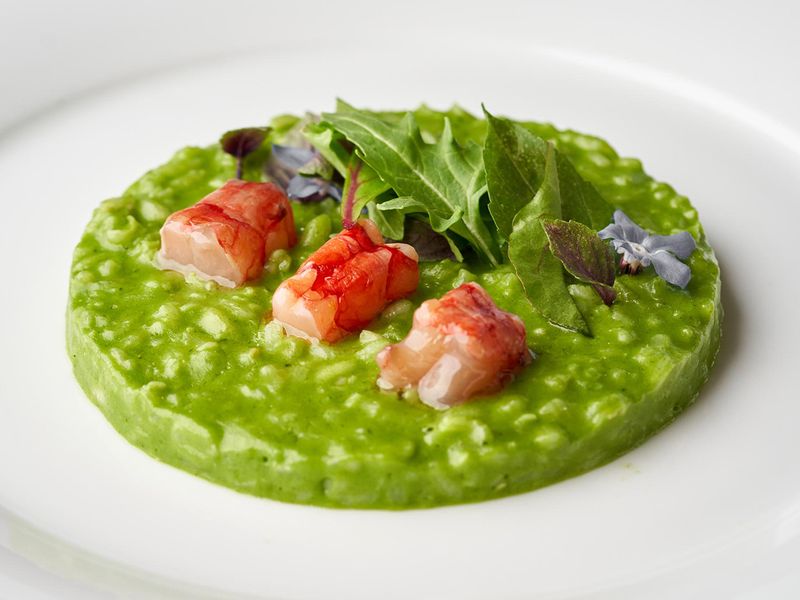
Ingredients:
- 80 gms Acquerello rice
- 2 Sicilian red prawns
- 10 gms Parmigiano Reggiano cheese (24 month)
- 1 cup bisque or soup
- 1 sprig coriander leaves
- 1 Red Rubin basil
- 1 Borage flower
- 1 Dianthus flower
- 1 dill leaf
- 1 lemon basil
- 1 sprig parsley
- 1 rocket leaf
- 100 ml extra virgin olive oil
- Lemon zest
- 1 shallot
- 1 celery stick
- 1 carrot
Method:
- Step 1: For the chlorophyll, blanch the spinach, celery stick, parsley, rocket, basil and coriander in boiled and salted water for 15 seconds. Once the herbs lose its colour, place it in a bowl of ice and salted water. Place all the herbs in a jet glass and preserve it in a cool place at 18C for two hours. Later, using a food processor, blend until smooth.
- Step 2: Chop the red prawn in three parts: tail, carapace and head. Chop the tail further into three pieces and marinate with olive oil, lemon zest and sea salt. Keep it aside.
- Step 3: Boil the carapace with diced celery, carrot, onion with water and let it boil for at least 50 minutes. Add a spoon of tomato paste and strain it. This is the bisque.
- Step 4: Dehydrate the head of the prawn by placing it on a flame for four hours until crispy. Grind it to a fine powder. This will be used to season the risotto.
- Step 5: In a saucepan, add half a shallot with olive oil. Take it off the flame after exactly six minutes.
- Step 6: Add and roast the risotto for at least 3 minutes. Next, add the bisque and cook for 16 minutes, continuously monitoring the rice and stock.
- Step 7: Lastly, mix the ingredients (or as it is called mantecare) with the risotto, by adding a generous spoon of ‘chlorophyll’. You should have a thick and creamy consistency.
- Step 8: Top the dish with cheese and extra virgin olive oil and place the dish with the marinated tail, prawn on top, along with the prawn powder.
- Step 9: Serve and enjoy!
Have a topic you would like us to cover? Tell us about it on food@gulfnews.com






